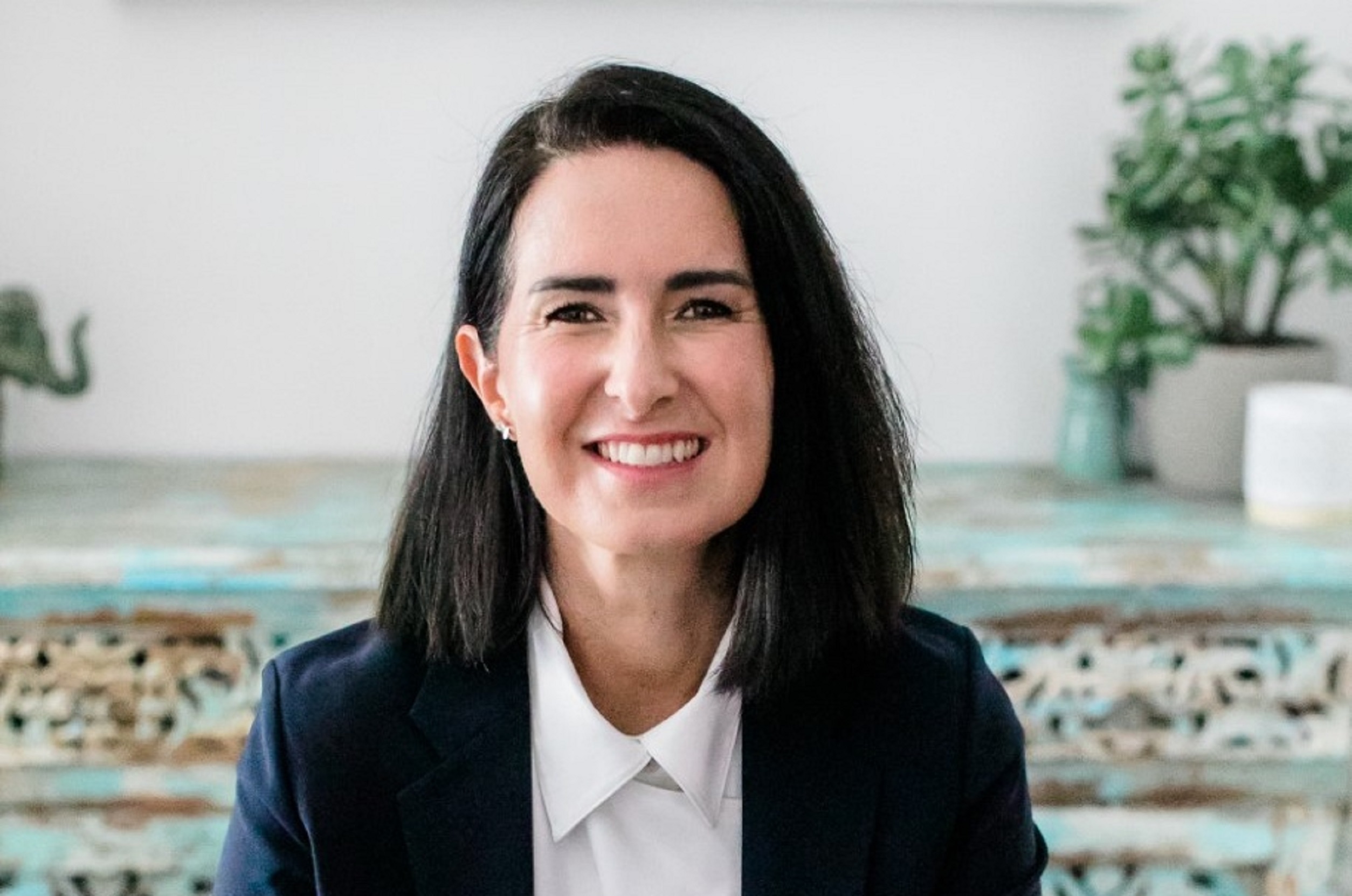How people development continues to drive organisational success

“Employees now want to be seen and heard by their employers and they are looking for acceptance and acknowledgement and crave opportunities where they can apply themselves in the best possible way.” – Katerina Hanna, VP, Customer Success APJ, Ceridian.
While local diversity may dictate how organisations operate in different regions, a common workplace synergy is being embraced by employees – the desire for more flexibility.
Speaking exclusively to HRM Asia, Katerina Hanna, VP, Customer Success APJ, Ceridian, said, “Employees want to be in the driver’s seat when they are designing their experiences and goals at work, ranging from the way they balance their lives, the way they look after their wellbeing, or the way they learn and grow.”
In her role with Ceridian, which Hanna assumed this April, she not only manages external stakeholder relationships, but also plays a key role in developing and evolving people strategies within the Customer Success team.
These include implementing initiatives such as redesigning organisational structures to optimise performance and evaluating team dynamics.
“We are looking to create clarity for our employees around their roles and responsibilities, and to help them understand how they impact the organisation’s goals. We also hope to create clearer career paths and to facilitate more transparent performance management processes and be more empowering with our L&D programmes.”
As an experienced leadership development coach, Hanna is passionate about stimulating more meaningful employee development.
“Horizontally, we are developing people’s competencies, and capabilities through our school of learning and development which focuses on professional, functional, technical, and leadership skills,” she said.
Another opportunity Hanna wants to explore for her team is to embrace vertical development, which considers the whole person and explores the concepts of identity and narrative structuring. “Employees are provided tools and techniques that allow them to understand the behaviours and patterns behind their decision-making, and to connect the dots between their past, present, and the future they aspire to.”
Do organisations really know what their employees want?
Traditionally, several workplace truisms have defined how organisations work, including the belief that career progress equates to promotions or hierarchical advancements.
Ceridian, however, is ready to refute this. Only 17% of respondents to Ceridian’s 2023 Pulse of Talent survey say they aspire to senior leadership roles and only 14% want to become a people manager.
Driven partly by the pandemic, the priorities of employees have clearly changed, as Hanna highlighted, “Employees today don’t just want flexible jobs; they want flexible careers. Only 45% of the survey respondents say their employers understand their career aspirations. Employees now want to be seen and heard by their employers and they are looking for acceptance and acknowledgement and crave opportunities where they can apply themselves in the best possible way.”
Therefore, in addition to empowering employees to move to new teams or roles, can organisations create opportunities within the same job role that allow employees to gain new experiences and skills, Hanna asked.
At Ceridian, initiatives have been introduced to grant more flexibility and autonomy to employees, including a compressed workweek scheme in select regions that encompasses nine working days in two weeks.
On Focus Fridays, employees are encouraged not to book any meetings in the day. “This empowers us to invest time and energy into high-value activities, or creates space and time for us to learn, grow and invest in ourselves,” Hanna explained.
Technology is also playing an increasingly critical role in driving better employee engagement. For instance, technology acts as an enabler to automate low-value, repetitive tasks, allowing employees to focus on more strategic, value-added activities.
More importantly, technology is also facilitating a continuous two-way interaction between organisations and employees that encourages real-time feedback on learning preferences and styles, as well as the needs of employees, depending on their roles and the career transition stage they are in.
“In Asia, we are usually at the forefront of new technology adoption and experimentation. We are leading change in many ways, and this gives us the opportunity to drive better engagement,” Hanna added.
The power of mobilising the boundless workforce
As organisations continue to find innovative ways to navigate the modern workplace, an emerging space consisting of permanent and contingent employees is also becoming more prevalent.
“The blended workforce can also serve as an innovation catalyst,” Hanna said. “Bringing in people with different experiences and from different walks of life can be a huge upside for an organisation that is growing, scaling or expanding into new markets.”
“I have seen organisations use permanent employees to focus on the core business and strategic long-term tasks. Contingent employees, meanwhile, are very agile subject matter experts who can flex between different projects and move in and out of different tasks with ease.”
To learn how your organisation can optimise the right technologies and strategies to ignite the potential of the boundless workforce, join Rob Squires, VP, Regional Head of Asia and Japan, Ceridian, at HR Tech Fest Connect 2023, which is taking place on September 27.



